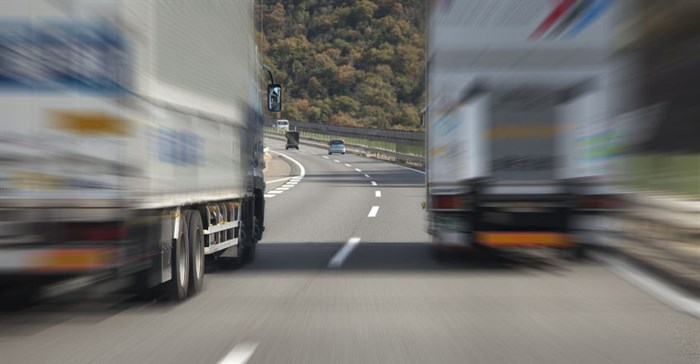
Due to their static nature, warehouses are at lower risk of theft as surveillance and security measures are easier to implement, monitor and react to. Moving cargo, however, is far more difficult to secure and logistics companies are feeling the brunt of a rise in goods-in-transit heists. Thankfully, developments in security solutions coupled with the availability of bandwidth today mean that these risks can be reduced.
Specialised solutions exist which create a live video connection between a vehicle and control room so that the vehicle can be actively monitored whilst on the move. Cargos or their carrying vehicles are equipped with GPS systems and bi-directional audio in order for their location to be pinpointed at any given time, while live video streaming can be enabled wherever mobile data coverage allows. Controllers are able to identify risky situations and react proactively to ensure the protection of the goods as well as the vehicle driver.
This kind of proactive monitoring drastically improves response times and control centres are able to act quickly to dispatch assistance in times of threat. Accurate visuals and exact location tracking mean that security responders often know exactly what they are dealing with before they arrive and, in many cases, the would-be criminals are apprehended and cargos recovered.
The systems can also be rigged with alarms that are triggered by certain behaviours, such as the opening of the cargo doors. The alarm, coupled with live video streaming, acts as a type of distress signal and means that drivers are better able to communicate with control centres without endangering themselves in the process.
While these type of solutions are not new, technology and the increased accessibility and availability of mobile data has significantly improved, enabling such solutions to be more effective than ever before. Mobile data was prohibitively expensive, but a necessary cost. Despite forking out for expensive data, mobile camera surveillance systems were still only as effective as the local mobile signal, and the high bandwidth demands of video feeds meant that they relied upon only the best mobile data coverage to deliver adequate video quality for. Mobile video surveillance was only possible, then, in metropolitan areas, but as soon as the vehicle left coverage, poor signal impeded video transmission.
Today, the price of mobile data makes using it much more cost effective.
Coverage has also improved and mobile networks have expanded to cover virtually anywhere in South Africa. That said, there are still many areas, particularly on cross-country roads, where signal is weak and users receive only EDGE or GPRS coverage. Due to this, surveillance equipment manufacturers have had to find a way to enable video transmission of a reasonable quality to be possible from low coverage areas. Through the use of sophisticated compression technology, useable video feeds transmitted from moving vehicles in low coverage areas is finally possible. Still, organisations need to know what to look for to ensure they receive a solution that will not fail them when they need it most.

To ensure they receive maximum benefit from live monitoring and surveillance solutions, security and logistics companies should ensure they find one that meets specific criteria. Firstly, the system must be able to transmit high-quality video footage from low coverage areas. Secondly, remote viewing from any device should be possible. In situations where responders sit closer to the vehicle than the control centre, it is beneficial to be able to remotely access video feed and be prepared. Lastly, the system needs to be able to integrate with other devices and functionality such as event sensors and detection, and notification tools. Video recording, beyond only streaming, should also be a consideration, particularly where records are required for investigation purposes.
Criminals are cunning and tend to know where the 'hot spots' are, where vehicles are most vulnerable. It is imperative that logistics and security companies stay a step ahead of them, and the best way to do so is through the intelligent use of the technology available to us. Live streaming and effective video surveillance mean faster response times, more effective control and, often, can be the difference between lives and cargos lost or saved.